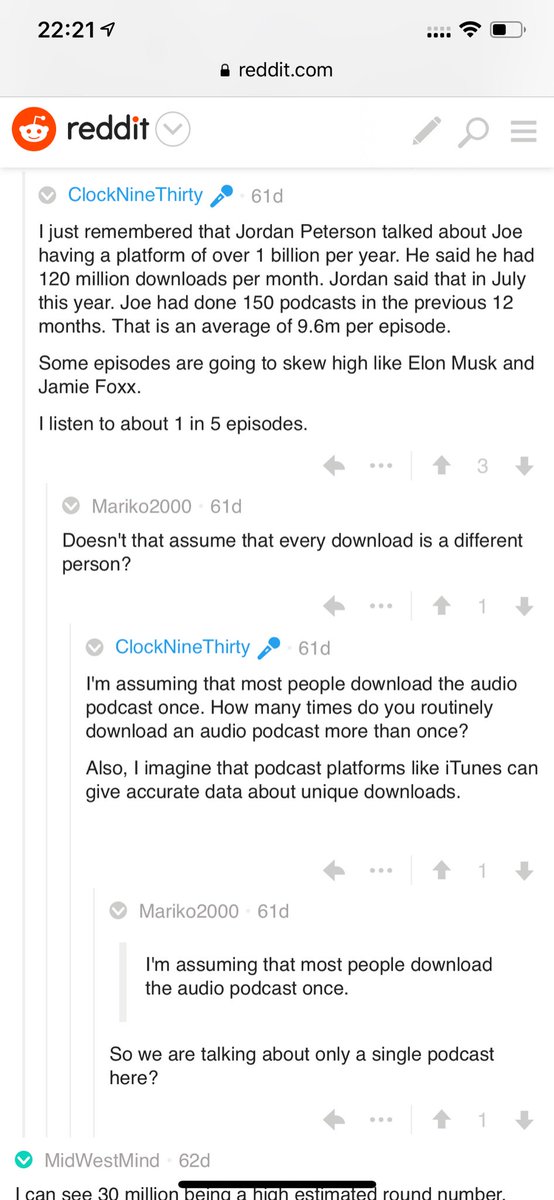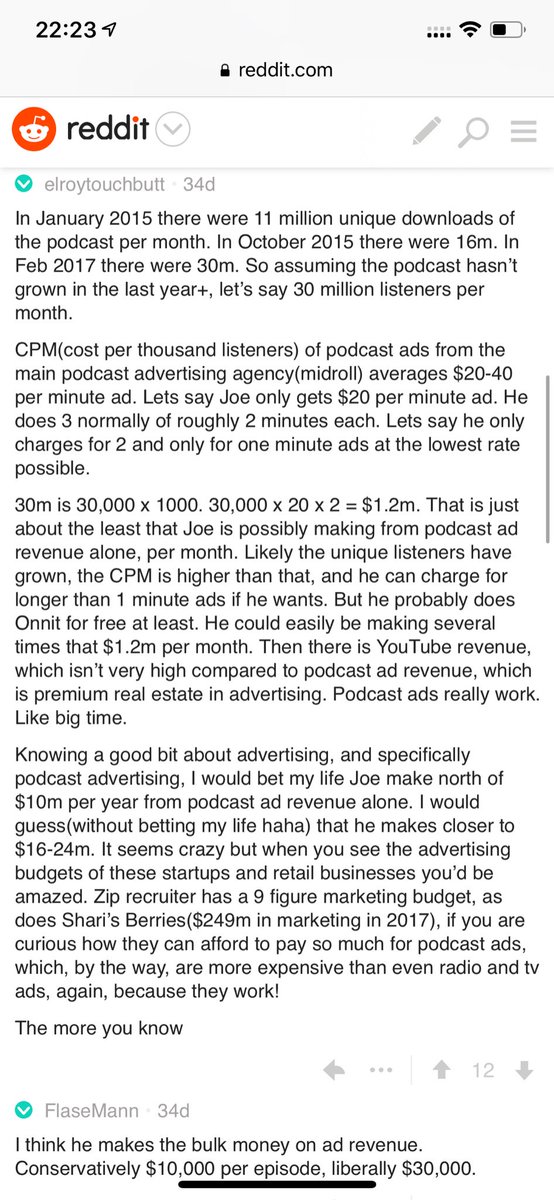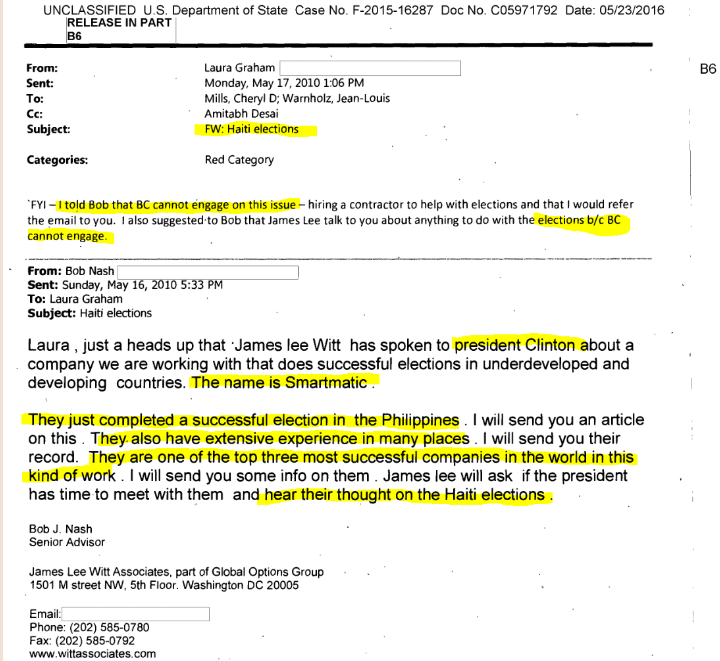A thread on attempted election fraud in Canada: First, most breaches of election law here are related to financing, not illegal voting or ballot-box stuffing. And most are minor. That’s because our elxn finance laws are extremely tight and contribution/spending limits low. 1/
Hey Canada, can we talk about how Conservatives are fundraising based on dangerous lies & how it needs to stop immediately? #cdnpoli pic.twitter.com/2LSHcJtsMf
— \U0001f142\U0001f130\U0001f13c\U0001f138 (@samifouad) January 8, 2021
More from Fraud
2018
"Bribery and corruption in the NHS ‘being underreported"
The NHSCFA calculated that fraud costs the NHS £1.29bn each year, in its annual report and accounts – enough to pay for more than 40,000 staff nurses or to buy 5,000 ambulances."

1.
https://t.co/DY4GBHNrxN
— Duncan J Campbell (@Maven1967) December 17, 2020
2014
"NHS finance chief sacked over \u2018irregularities\u2019 at hospital"
Checks uncovered evidence one-off income was misrepresented in accounts in a practice dating back beyond 2013-14, predicted cost savings were over-stated at \xa36m when they amounted to \xa32m. pic.twitter.com/LHZHeJcXfE
2.
https://t.co/7T8RGTWE7x
— Duncan J Campbell (@Maven1967) December 17, 2020
"NHS errors 'deliberately hidden' The NHS has "failed" to hold anyone to account for a large scale financial mismanagement at a local trust, a damning report has concluded".
3.
https://t.co/kiTv4Ei5gg
— Duncan J Campbell (@Maven1967) December 17, 2020
2018
"The NHS Tayside board was misled'' over the state of the organisation's finances A review carried out by accountants Grant Thornton found that since 2012 the health board had misrepresented'' its financial performance by holding'' \xa35.3 million". pic.twitter.com/k9K72NlxGd
https://t.co/YPfXciseV0
4.
2017
You May Also Like
The story doesn\u2019t say you were told not to... it says you did so without approval and they tried to obfuscate what you found. Is that true?
— Sarah Frier (@sarahfrier) November 15, 2018
In the spring and summer of 2016, as reported by the Times, activity we traced to GRU was reported to the FBI. This was the standard model of interaction companies used for nation-state attacks against likely US targeted.
In the Spring of 2017, after a deep dive into the Fake News phenomena, the security team wanted to publish an update that covered what we had learned. At this point, we didn’t have any advertising content or the big IRA cluster, but we did know about the GRU model.
This report when through dozens of edits as different equities were represented. I did not have any meetings with Sheryl on the paper, but I can’t speak to whether she was in the loop with my higher-ups.
In the end, the difficult question of attribution was settled by us pointing to the DNI report instead of saying Russia or GRU directly. In my pre-briefs with members of Congress, I made it clear that we believed this action was GRU.
Independent and 100% owned by Joe, no networks, no middle men and a 100M+ people audience.
👏
https://t.co/RywAiBxA3s
Joe is the #1 / #2 podcast (depends per week) of all podcasts
120 million plays per month source https://t.co/k7L1LfDdcM

https://t.co/aGcYnVDpMu


















